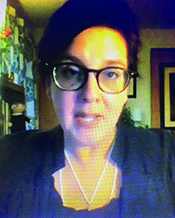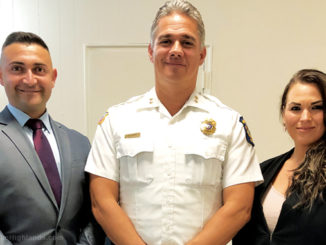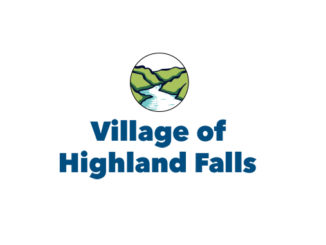Dissolution expert Dr. Lisa Parshall spoke last week
Continuing coverage of dissolution in Highland Falls

A second presentation by an acknowledged expert on the topic of dissolution took place last week, sponsored by the OneHighlands group. It was virtual, and about an hour-and-a-half long, during which Dr. Lisa Parshall gave a slideshow and discussed the topic, and then answered questions submitted via the chat feature on the presentation. Highland Falls’ Joe DeWitt moderated the event.
Parshall said she has been studying dissolution of villages in New York State since 2010, and explained the history of the creation of villages and their role in state government. Right off the bat she said she would not be speaking about the specifics of the potential dissolution of Highland Falls because she did not have all the documents which would be needed to fully discuss the matter.
She did, however, encourage community residents to take time to read the interim dissolution study that will soon be presented by Laberge Group, “because their projections are usually very accurate”.
In addition to presenting the history of the creation of villages, she also spoke about steps that have been taken in the last dozen years to dissolve some of them.
Parshall cited numerous studies that say New York State has too many levels of government, and noted that former Governor Andrew Cuomo also believed that and thus “championed the Citizens Empowerment Act to encourage local government consolidation”.
She said that since 2010, 46 villages have brought dissolution to the voters, with 18 of those community’s residents saying ‘yes’ to dissolution and the others saying ‘no’.
She explained why she believes the ‘no’ votes happened — uncertainty.
“So why is it more frequently rejected than approved by voters?” she asked. “One thing I find consistently observed … is uncertainty. Residents believe there will be a diminishment of services and are not really sure what the benefits will be. People have a natural fear of change, and may want to keep things status quo.”
She also said that people going into a vote “want concrete answers”.
“But the nature of the beast is such that concrete answers can’t really be given until dissolution is applied,” Parshall said.
She also spoke about “the intangibles”.
“Residents will often reject dissolution, even in cases where there are savings to be had,” she said. “And that’s often because people switch their concerns from ‘okay I’m going to save some money’ to ‘we have to preserve our history’. They’re afraid they’re going to lose their sense of community. It’s a psychological attachment to the village.”
Parshall also addressed the fact that voters are getting conflicting information.
“Residents get very frustrated and that’s because information seems in short supply,” she said. “Both the pro and anti dissolution groups are presenting conflicting data, and conflicting arguments. It’s also because they’re being asked to weigh intangibles against tangibles.”
Among the other issues she addressed in her presentation was the fact that while villages create a dissolution plan, towns aren’t obligated to follow them (but she noted that services are often unchanged in communities where dissolution happens); the fact that “a big eraser does not drop from the sky and poof the village is gone … you’re dissolving the village government”; and that often “people think villages dissolve because of fiscal stress, and I don’t find this to be true”.
She said that she looked at Highland Falls’ state fiscal data and said she did not see financial stress here.
Among the questions that Parshall answered were about the fact that in this case the village has a larger population than the town (“it doesn’t affect the process,” she said); about the state funding available to communities which do dissolve or consolidate (she called it reliable in recent years, but noted that it is “conditional on state appropriation each year”); and if property values might go down with dissolution (she again urged waiting until dissolution reports are complete — “I can’t give you a yes or no because I haven’t seen the data”.)
And, she answered a question about potential property tax savings, but first qualified the answer by saying that studies done in one community versus another are like comparing apples to oranges.
“But, by far and away, most studies find the potentiality for savings for residents of the former village, often but not always accompanied by a small increase for the residents in the town outside the village”.
Parshall closed the event by telling those watching: “I wish you well and hope I didn’t muddy the waters.”
**********
To watch the complete presentation by Dr. Parshall, visit www.onehighlands.com. There is a pop-up box to click on as soon as you open the page.


